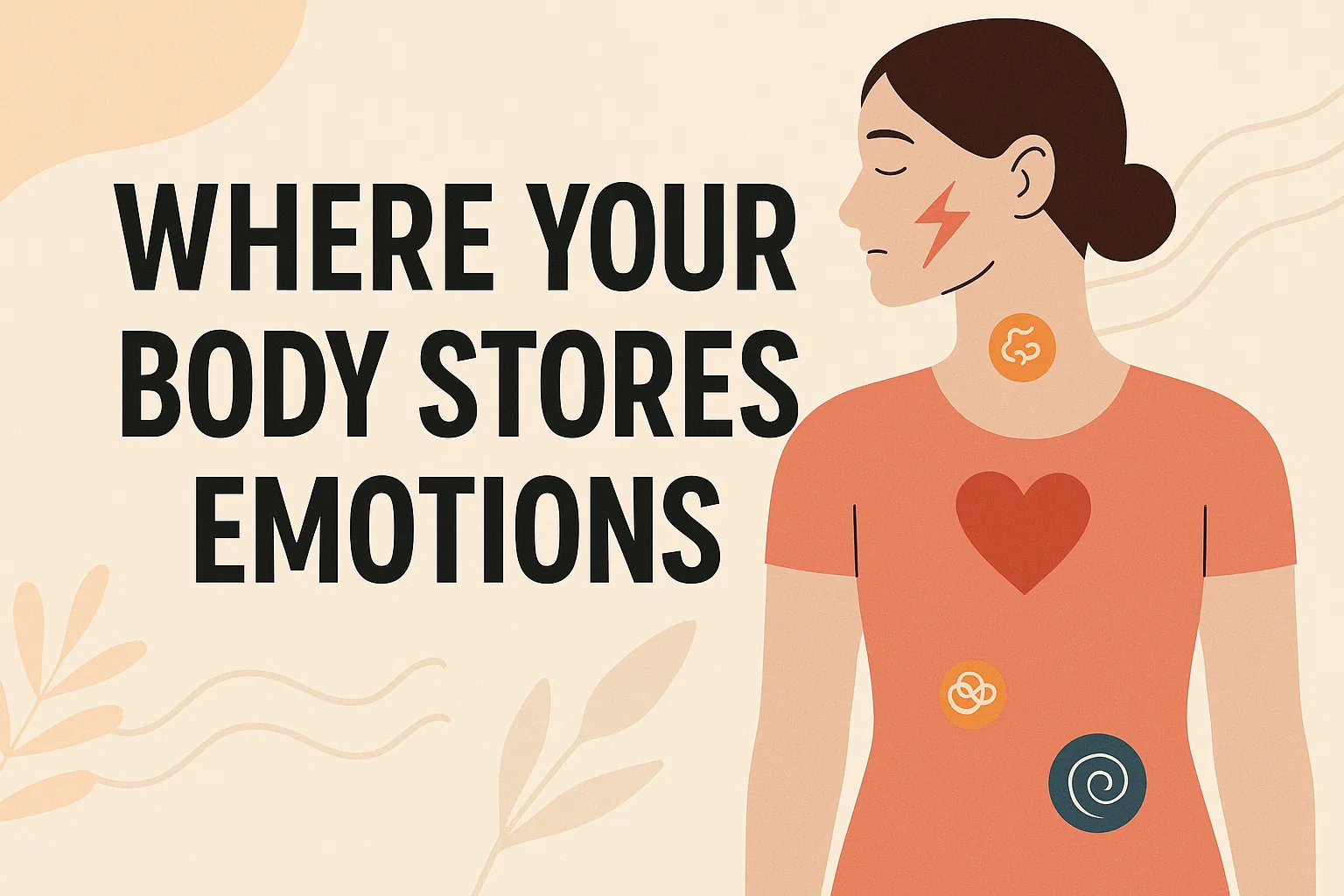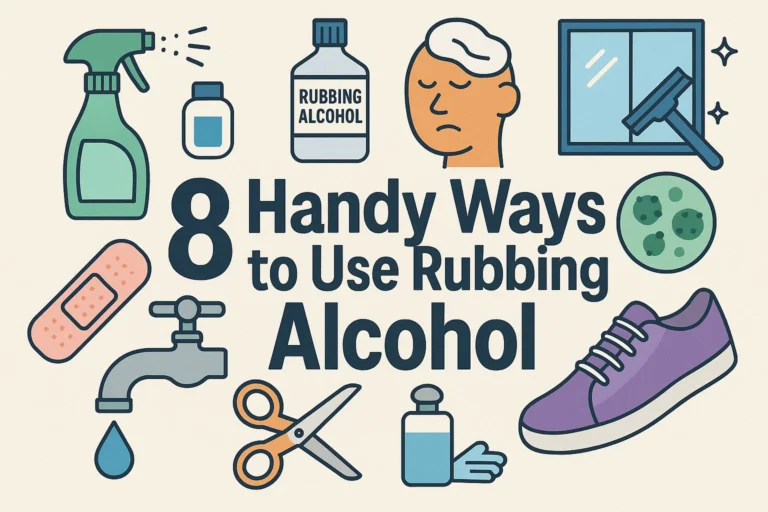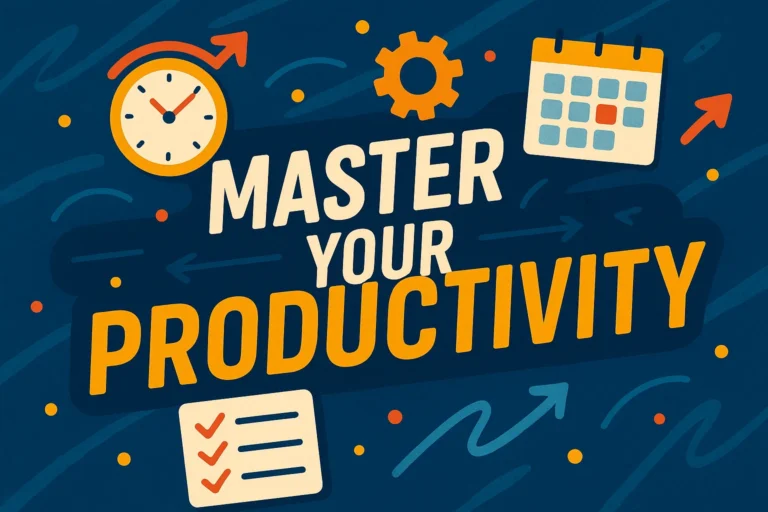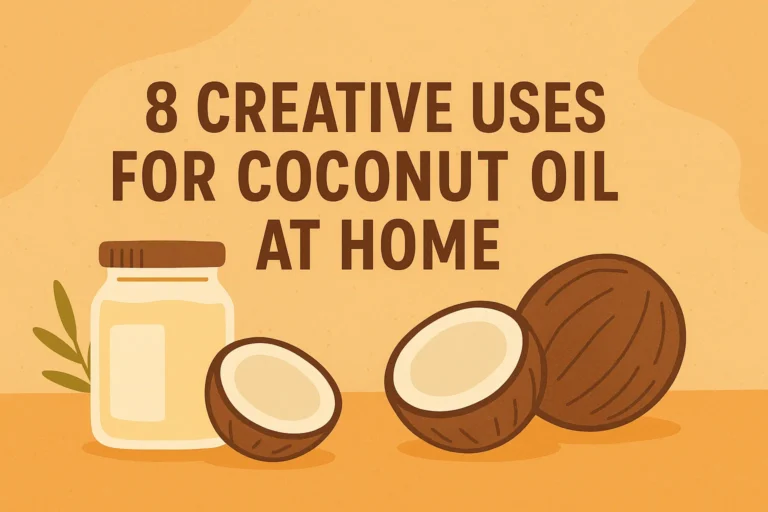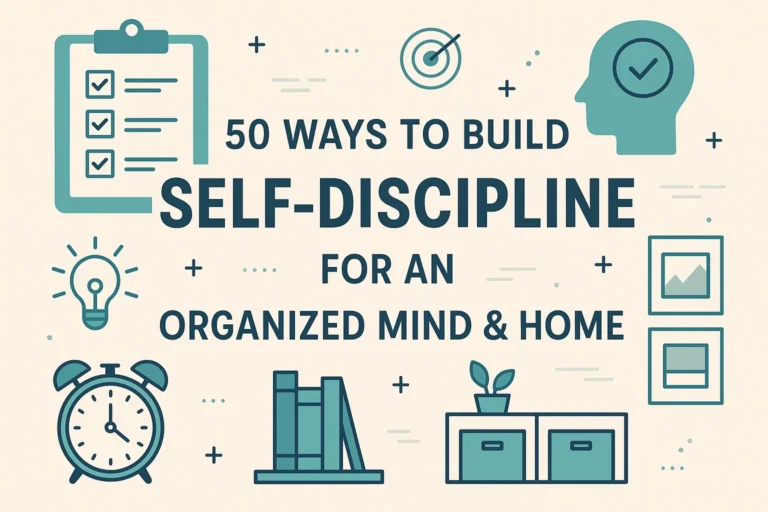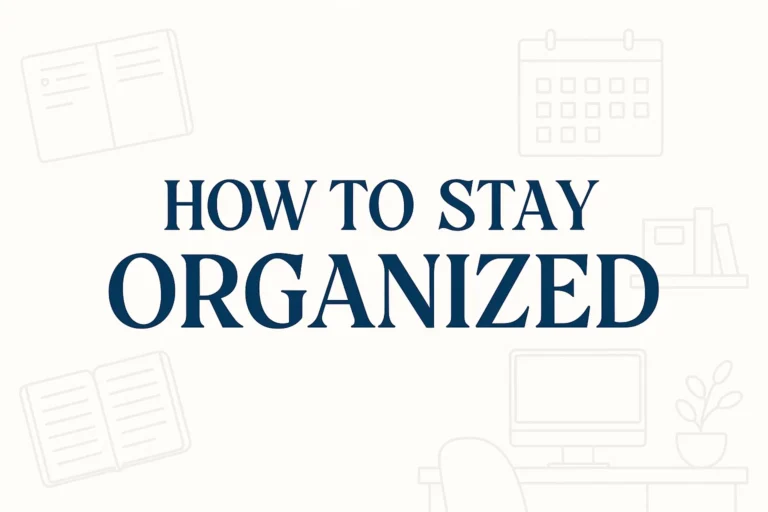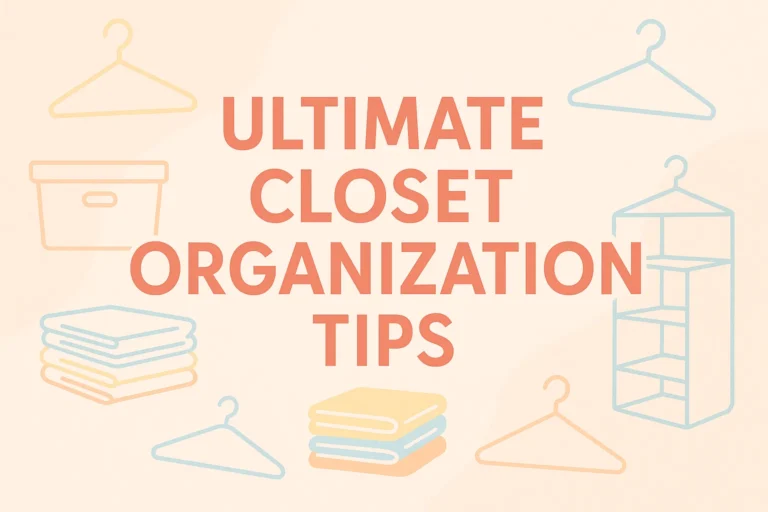Organized Tips on How Your Body Stores Emotions for Better Mind-Body Wellness
Ever had one of those days where your neck is so tight you could use it as a bowling ball, but you can’t pinpoint a physical reason why? Or you feel a sudden pit in your stomach before a meeting, even though you’re “not that nervous”? Yeah, me too. For the longest time, I just shrugged it off as one of life’s weird mysteries, like missing socks or the appeal of kale chips.
But what if I told you that stiff neck or that gut feeling isn’t just a random glitch? It’s your body talking. It’s literally holding onto an emotion from yesterday, last week, or even years ago, politely (and then not so politely) asking you to pay attention.
Welcome to the wild world of how your body stores emotions. This isn’t some woo-woo concept; it’s a fascinating mind-body connection that, once you understand it, can completely change your approach to wellness. So, grab a cup of tea, get comfy, and let’s chat about how you became an emotional storage unit without even knowing it—and more importantly, how you can start unpacking.
Your Body is Not a Trunk; It’s a Living Diary
We often treat our bodies like simple vehicles for our brains. Our mind thinks, feels, and experiences, and our body just… carries it around and occasionally demands fuel (usually in the form of pizza). But that’s a massive oversimplification.
Think of your body more as a detailed, living diary. Every significant emotional event you experience gets written down not just in your memory, but in your physical being. Your nervous system, your muscles, your gut—they’re all taking notes. This is the core concept of somatization: where emotional distress expresses itself as physical symptoms.
Why does it do this? Well, sometimes emotions are too big, too overwhelming, or too socially unacceptable to process in the moment. So, your brilliant, survival-oriented brain makes an executive decision: “We don’t have time to deal with this crying jag right now, Janet. We have a presentation in five minutes. Stash it in the hips for later.” And just like that, the emotion gets stored. Thanks, brain. Super helpful.
The Body’s Emotional Filing Cabinet: Where Stuff Gets Stuck
While emotions can get stored anywhere, they do seem to have favorite hangout spots. It’s like they have a preferred VIP section in the club of you. Ever wondered why you instinctively massage a certain area when you’re stressed? You’re probably poking at a stored emotion.
Let’s break down some of the most common storage units.
Shoulders, Neck, and Upper Back: The Burden Carriers
This is the classic. That tightness in your shoulders? That’s not just from hunching over a laptop. This area is all about responsibility and burdens.
* Shoulders: Literally carrying the weight of the world. Think of all the times you’ve said, “That’s a weight off my shoulders.” The reverse is also true. Stress, deadlines, feeling over-responsible? Straight to the shoulders.
* Neck: Flexibility—and not just the physical kind. A stiff neck can often mean you’re being mentally or emotionally inflexible, stubbornly refusing to see another point of view. Or, you know, it’s from staring at a phone all day. But probably both 🙂
* Upper Back: This is about support, or lack thereof. Feeling unsupported in life, like you can’t rely on others, can manifest as pain and tension right between your shoulder blades.
Hips: The Seat of Repressed Emotions
If the body had a basement, it would be the hips. This is where we stash the big, juicy stuff we really don’t want to deal with: deep-seated fear, unresolved grief, pent-up sexual energy, or chronic stress. The psoas muscle, a deep hip flexor, is directly wired into your fight-or-flight response.
Ever noticed how hip-opening stretches in yoga can bring up unexpected emotions? It’s not a coincidence. You’re literally opening a vault and letting some of those old, stored feelings finally move through and out. It’s why a good hip stretch can sometimes feel like a therapy session.
Stomach and Gut: The Second Brain
How many times have you had a “gut-wrenching” experience or felt “butterflies” in your stomach? Our language knows what’s up long before science did. Your gut is lined with a huge network of neurons—it’s often called the “second brain.”
This area is directly linked to processing core emotions like fear, anxiety, and dread. That sinking feeling in your stomach before bad news? That’s your enteric nervous system sounding the alarm. Your gut stores worry and anxiety like it’s going out of style. IMO, taking care of your gut health is one of the most direct ways to influence your emotional well-being.
Heart and Chest: Where We Hold Love and Loss
We don’t say we have a “broken heart” for nothing. The chest area is all about love, joy, grief, and sadness. That tight, constricted feeling in your chest when you’re sad or anxious? That’s your body holding onto that emotional energy, literally making it harder to breathe and feel open.
Practices that expand the chest, like deep breathing or heart-opening stretches, can be incredibly powerful for releasing stored sadness and inviting in feelings of lightness and love.
How to Become an Emotional Archaeologist: Digging It Up Safely
Okay, so now we know our bodies are holding onto this stuff. The million-dollar question is: how do we gently and safely let it go? We don’t want to just rip the lid off Pandora’s box; we want to open it carefully, with compassion.
FYI, this isn’t about blaming every ache and pain on your emotions. Always rule out medical issues first! This is about understanding the whole picture of your health.
Move It to Lose It: The Power of Shaking It Out
You didn’t think we’d get through this without talking about movement, did you? Exercise is great, but we’re talking about intentional, mindful movement designed to release stored energy.
* Yoga: I know, it’s the obvious answer, but for a reason. Those long, held stretches in areas like the hips and shoulders are like sending a direct memo to your nervous system that it’s safe to unwind.
* Dance Therapy: Crank up the music in your living room and just move. Don’t think about how you look (unless you’re going for an Oscar, then by all means). Let your body lead. Shake, jump, sway—it’s a brilliant way to disrupt stagnant energy patterns.
* TRE (Trauma Release Exercises): This is a more structured practice that involves self-induced tremoring to release deep muscular tension held in the body. It’s powerful stuff and worth looking into.
Talk to the Body: Somatic Therapies and Bodywork
Sometimes, we need a little help from our friends, and by friends, I mean trained professionals.
* Massage Therapy: A good massage therapist can feel the emotional armor in your muscles—those rock-hard knots that won’t budge. It’s not just about working the muscle; it’s about creating a safe space for the body to release what it’s holding.
* Somatic Experiencing: This type of therapy focuses on the body’s sensations to help resolve trauma. Instead of talking endlessly about the story, you learn to track the physical feelings and gently discharge the trapped energy.
Breathe Into It: The Ultimate Release Tool
Your breath is your most accessible and powerful tool for regulating your nervous system. No fancy equipment needed. When you feel tension rising, try this:
1. Place a hand on the tense area (your stomach, your chest, your neck).
2. Take a slow, deep breath in, and imagine sending that breath directly to that spot.
3. As you exhale, imagine the tension melting away, just a little.
It’s shockingly simple, but it tells your body, “I see you, I feel you, and we’re okay.”
The Takeaway: Listen to the Whisper So It Doesn’t Have to Scream
Our bodies are constantly whispering to us through little twinges, tensions, and feelings. The problem is, we’re often too busy to listen. So, the body turns up the volume. A whisper becomes a shout in the form of chronic pain, illness, or burnout.
The goal of mind-body wellness isn’t to never feel negative emotions again—that’s impossible and, frankly, would be pretty boring. The goal is to process emotions in real-time so they don’t need a permanent storage unit in your physical being.
Start small. The next time you feel a knot in your stomach or tension in your shoulders, pause for just a second. Ask yourself: “What is this? What might my body be trying to tell me?” You might be surprised by the answer.
Your body has been your loyal companion, holding onto everything you couldn’t handle in the moment. It’s time to thank it by finally listening. And maybe by getting that massage you’ve been putting off. You’ve earned it.

